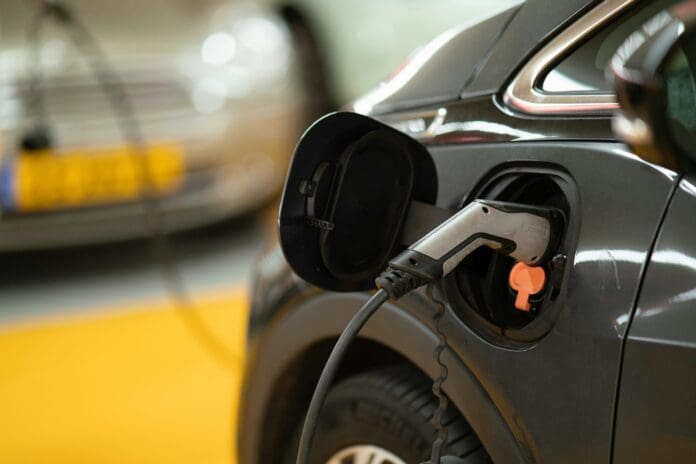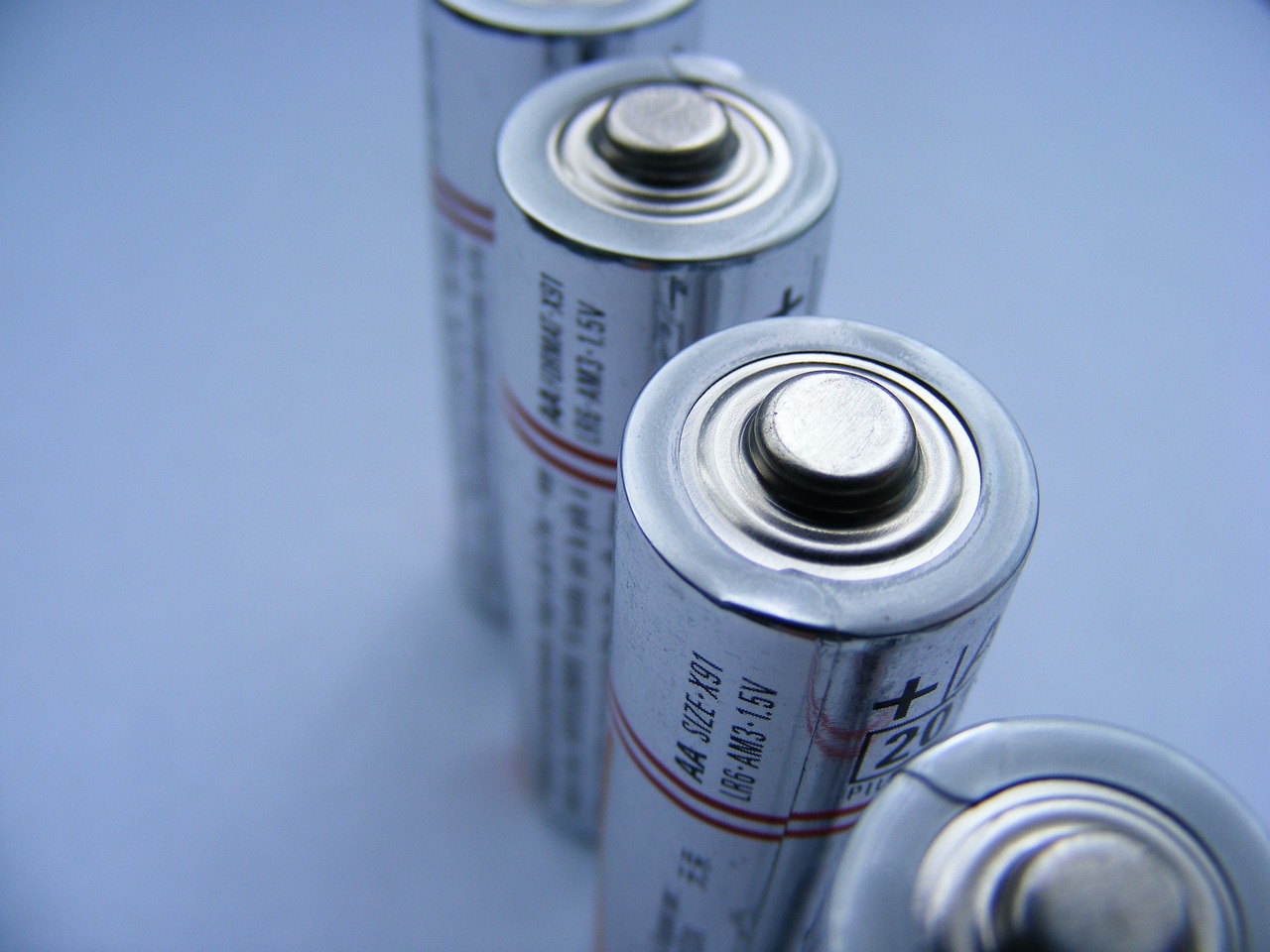This post is also available in:
 עברית (Hebrew)
עברית (Hebrew)
A new battery, developed by German company FEV in collaboration with Taiwanese firm ProLogium, is set to revolutionize the electric vehicle (EV) industry. The Large-Footprint Lithium Ceramic Battery (LLCB) integrates cutting-edge materials and technology, delivering unprecedented performance, safety, and sustainability.
At the core of the LLCB’s innovative design is its anode, which is made entirely from a silicon composite material, replacing the traditional graphite used in most current EV batteries. This switch results in a staggering 10-times increase in capacity density, allowing the LLCB to achieve a maximum range of up to 1,000 km, depending on the vehicle’s specifications and intended use.
One of the most notable features of this new battery is its use of a solid-state electrolyte. Unlike the liquid electrolytes used in traditional lithium-ion batteries, this solid-state design is non-flammable, significantly enhancing safety by preventing thermal runaway and the risk of short circuits caused by electrolyte leakage.
The incorporation of silicon in the anode also enables ultra-fast charging capabilities, a significant step forward in EV technology. In contrast to conventional fast-charging systems, which typically require 30 minutes to charge, the LLCB can charge from 5% to 60% in just five minutes, providing enough power for a 300 km journey, according to FEV’s press release. Within another three minutes, the battery can reach 80% capacity, allowing for an additional 100 km of driving. This reduces charging times by over 80%, bringing them closer to the quick refueling times of conventional combustion-engine vehicles.
The battery’s modular design makes it easier and more cost-effective to maintain, with individual cells able to be replaced or recycled, contributing to a more sustainable EV lifecycle.
This new battery addresses key customer demands in the EV market, including improved range, faster charging, reduced weight, and enhanced safety. It also presents new opportunities for automakers with its slim, space-efficient design, enabling innovative vehicle designs while meeting environmental and cost-reduction goals.


























